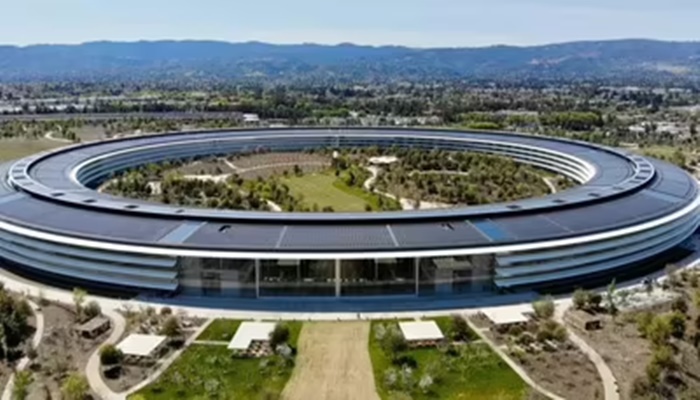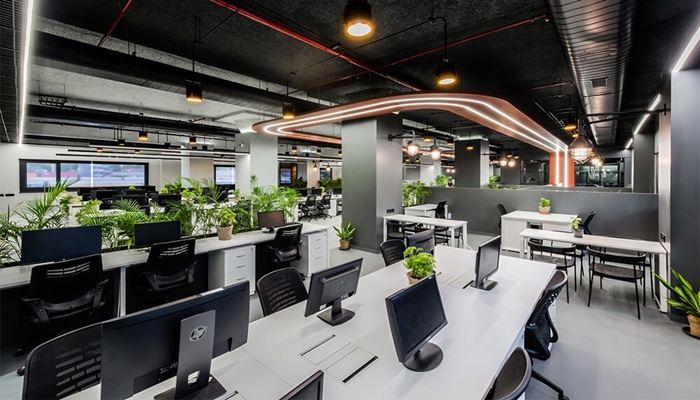Workplace stress isn’t just a rough phase during the presentation season or appraisal week; it has become an everyday reality of working life with hustle culture working overtime to disguise burnout as passionate, ambitious drive. All this pressure is taking a toll on overall health, making employees more vulnerable to serious health conditions.
In a report released by Plum Insurance, the Plum Employee Health Report revealed significant insights about the working population. As per the report, 70 per cent of Indian employees face moderate to high risks of chronic diseases, significantly higher than their counterparts in developed nations. Moreover, the report also revealed the shocking statistic that only 14 per cent of employees are truly thriving at work, and 29 per cent of employees report feelings of isolation, indicating widespread burnout. Burnout is not a buzzword anymore, but a sad reality for employees.
Saurabh Arora, Co-Founder and CTO, Plum Insurance, further weighed in on the findings of the report and shared some strategies for wellness, “Clearly, there is an urgent need for innovative solutions that address not just physical, but also mental and social health dimensions. To tackle this, adopting measures like the ‘14-hour health week’, where employees dedicate two hours daily for comprehensive health and wellness activities, becomes crucial. Hybrid work arrangements or structured Work-from-Office models can significantly alleviate feelings of loneliness and create a conducive environment for nurturing holistic well-being. “
Alongside initiatives that address hybrid working formats, the physical environment where you work, whether at the office or at home, also plays a vital role in supporting your well-being. HT Lifestyle reached out to experts to explore how office and home workplaces can be modified for better productivity and wellness.
At office workplaces, whether you are working at your desk or unwinding in a breakout area, the space needs to be attuned to your physical comfort and mental wellbeing. Titir Dey, Global Managing Director, Design at Space Matrix, shared smart design tips with us on creating workplace zones that support both focused work and restorative relaxation:
1. Designing for relaxation
- Effective breakout spaces are not monolithic; they are dynamic ‘Multi-Modal Hubs’ that acknowledge the full spectrum of human work.
- By strategically combining diverse spatial elements, a low-slung sofa inviting quiet reflection, high tables sparking animated informal discussions, or writable surfaces beckoning impromptu ideation, organisations can truly cater to cognitive diversity.
- Visual segmentation, achieved through artful layering of lighting, subtle ceiling treatments, or defining area rugs, carves out distinct zones without imposing physical barriers.
- Rather than a tucked-away afterthought in isolated corners, where even the most thoughtfully designed spaces wither from disuse, integrate them seamlessly into the office layout.
- Placing these areas adjacent to workstations or high-traffic corridors enables a natural behavioural flow mapping, encouraging organic, spontaneous use throughout the day.
2. Designing for work
- Sound-absorbing materials and layered acoustic strategies work in concert to manage cognitive load, preserving a quiet hum of privacy even in bustling open layouts.
- Ergonomic seating, adaptable lighting schemes, and, where possible, natural ventilation all contribute to a healthier, more genuinely inviting environment.
Home workplace design
Your home workspace, especially on remote working days, needs to be fine-tuned as well to ensure comfort, productivity, and mental clarity. With work increasingly taking a hybrid form, and even otherwise, the space where you work at home too deserves meaningful design attention. A well-designed home office can uplift your mood, reduce stress, and support overall wellness, helping you work with greater focus and ease.
Rajat Kumar, Founder and Principal Architect at Recro Kaerdo, shared with HT Lifestyle one of the rising trends in home workspaces: the return of mid-century design. He said, “Originating from design philosophies of the 1950s and 60s, this stylistic thought is not just about looking good; it is about creating a space that meets your needs, emotionally and practically.”
Rajat recommended these essential tips for creating a good workspace that addresses all your needs, from storage needs to mood regulation, with a touch of vintage design:
1. Opt for clean lines and classic wood finishes
- Select desks with simplicity in walnut, teak, or oak.
- Pair with moulded wood or faux-leather chairs
- Less bulky storage options, like floating shelves or minimal credenzas, are preferred
2. Add texture for tactile experience
- Unlike cold and minimalist work setups, mid-century design works extensively with texture to keep the senses in balance.
- Have boucle or jute rugs underfoot
- Use upholstered chairs in tweed, velvet, or wool
- Install cork boards, woven baskets, or matte ceramic containers
3. Add plants
- Plants add softness, colour, fresh air, and organic contrast to clean looks, so place them near windows or just near the backdrop of your desk. A plant enhances your focus, brightens your mood, and ties together the entire space with a binder touch of nature.
- Choose low-maintenance, low-light plants like snake plants, rubber plants, or pothos
- Allow light with sheer curtains or light-filtering blinds.
4. Vintage mood lighting
In mid-century modern design, lighting is sculptural and practical at once. It builds ambience and creates the atmosphere for focused work.
Pick a brass dome lamp, or go for an enamel desk light with a gooseneck.
Pendant lights or arc floor lamps can bring in visual drama.
Keep those LED bulbs warm (2700K–3000K) for that soft opening embrace.




















